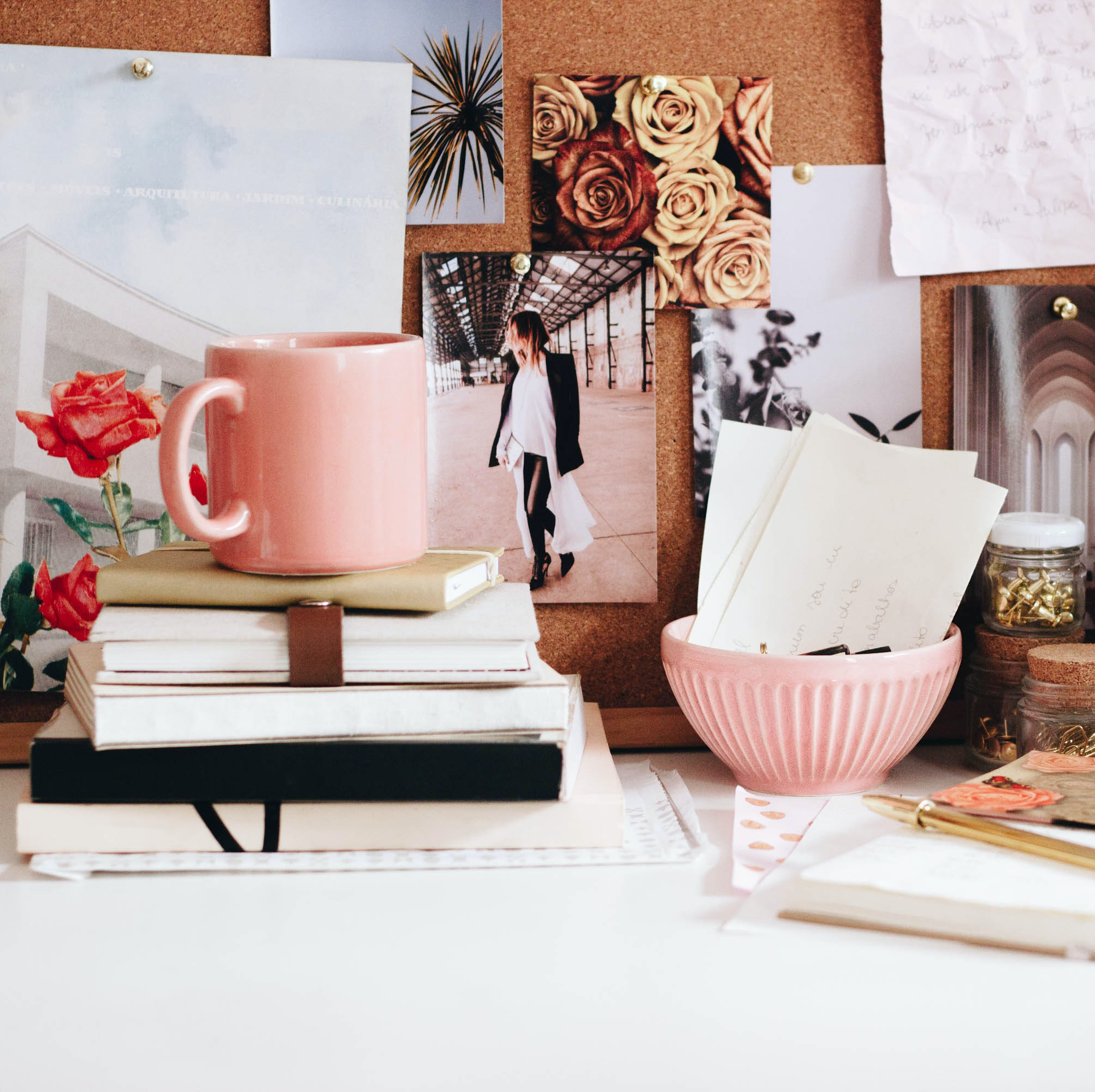Reflections on The Artist’s Way, Week 1: Recovering a Sense of Safety
This is the first in a series of posts about The Artist’s Way: A Spiritual Path to Higher Creativity, a book and a self-study program developed by Julia Cameron in the 1990s.
I completed the 12-week program a few months ago. By doing the reading and working through the course exercises, I experienced a significant change in my own creative process. The course helped me reclaim my identity as an artist and return to my passions with new energy and confidence. I’ve decided to start this year by revisiting the book and sharing some of my insights.
Each week of the program is focused on a theme. I’ll be writing a bit about each of those themes, starting with Week 1: Recovering a Sense of Safety.
When I started the course, I was surprised the initial focus was on safety. ‘Is being an artist so risky?’, I thought. I had wrongly assumed it would be all about getting into the practice of making and doing. I quickly realised the course was about building a better understanding of one’s sense of self, breaking down unhelpful mental barriers, and digging deep into what it means to be an artist or creator.
The book’s broad reach across disciplines (including fine art, filmmaking, writing, and more) is likely one of the reasons why it has resonated with so many people over the past 24 years.
The Shadow Artist
A key idea that Cameron introduces this week is the shadow artist. She writes,
‘shadow artists often chose shadow careers—those close to the desired art, even parallel to it, but not the art itself.’
— Julia Cameron, The Artist’s Way, Week 1
Sometimes we find ourselves hanging out nearby the door to our dream, without really going in. We find ways to work in the industry we desire but take the wrong job. At university, we study advertising instead of fine art. Instead of becoming a writer, we date one.
I’ve experienced both sides of the shadow. I have been the shadow artist, and I have been shadowed by others.
When I went to university, I studied architecture instead of painting. It was the 90s, and back then we were told ‘painting was dead’. I’ll write about that another time, but for now, I’ll let you know that I made lots of friends in the art school, and I took as many drawing, photography, and sculpture electives as I could fit into my schedule. In the end, I got a fantastic education, so the sensible part of me would always say there was no real harm done. But there I was, feeling a little off centre. I would find myself almost, nearly doing the thing I desired. I would get a taste of it, then step away. It was just enough to keep my real desire in slumber.
Then there were the times I suspected I was being shadowed. Over the past few years, I’ve attracted a few men who confessed to me their sincere (and very unrealised) desires to live bolder, more creative lives. Accountants who wanted to start companies, project managers who wanted to be filmmakers. Maybe they didn’t have the discipline or courage to take a risk and jump in to realise their desires, or maybe they weren’t ready. It’s not really for me to say what was holding them back. But it seemed that instead of taking a leap, they would date a creative type (me) and keep dreaming. It’s never too late, and maybe they’ve since found their groove.
Sometimes being nearby, but not committed to something (or someone) can allow a mirror to be held up so we can see our true selves. Waiting and watching can also be an opportunity to learn from others before digging in.
The problems arise if we try to continuously repress our true desires and callings in life, and stay in the shadow.
Core Negative Beliefs
In this first week, Cameron introduces some of the core negative beliefs that often hold artists back. By identifying and breaking down these negative beliefs, they no longer can block us from being our authentic, most creative selves.
Of the 20 beliefs she lists (and there are many more out there in the world), the one that resonated most with me was:
‘I can’t be a successful, prolific, creative artist because I will never have any real money.’
What a doozy.
Creative Affirmations
As a method for working through negative beliefs, and claiming a sense of safety, Cameron provides 20 creative affirmations for us to use. These are positive statements about creativity that can be used as mantras throughout the day and ways of ending the daily morning pages routine.
The affirmation that stuck with me most, and that I still use is:
‘I am allowed to nurture my artist.’
Recovering a Sense of Safety
It took me a few weeks of daily journaling to tap into a new mindset and leave the old and unhelpful beliefs behind.
I eventually realised the negative beliefs that were holding me back were not really mine. They didn’t live in my heart or radiate from my instinct. They didn’t even match with my professional experience or mental model of the world. They were part of the conditioning that I had picked up over the years. I found ways to rewrite them into statements that strengthened my core confidence. Additionally, I have sought out tools and methods that demonstrate my fears are not grounded in reality.
Read more reflections on The Artist’s Way →
Ready to start The Artist’s Way?
Join The Artist’s Way Creative Circle, a 13-week online group program.
Be guided and supported as you complete The Artist’s Way, a time-tested process for recovering and expanding your creativity.
Participate in weekly live video calls and connect with a community. Plus, receive special tools and methods to increase your confidence and overcome challenges.




